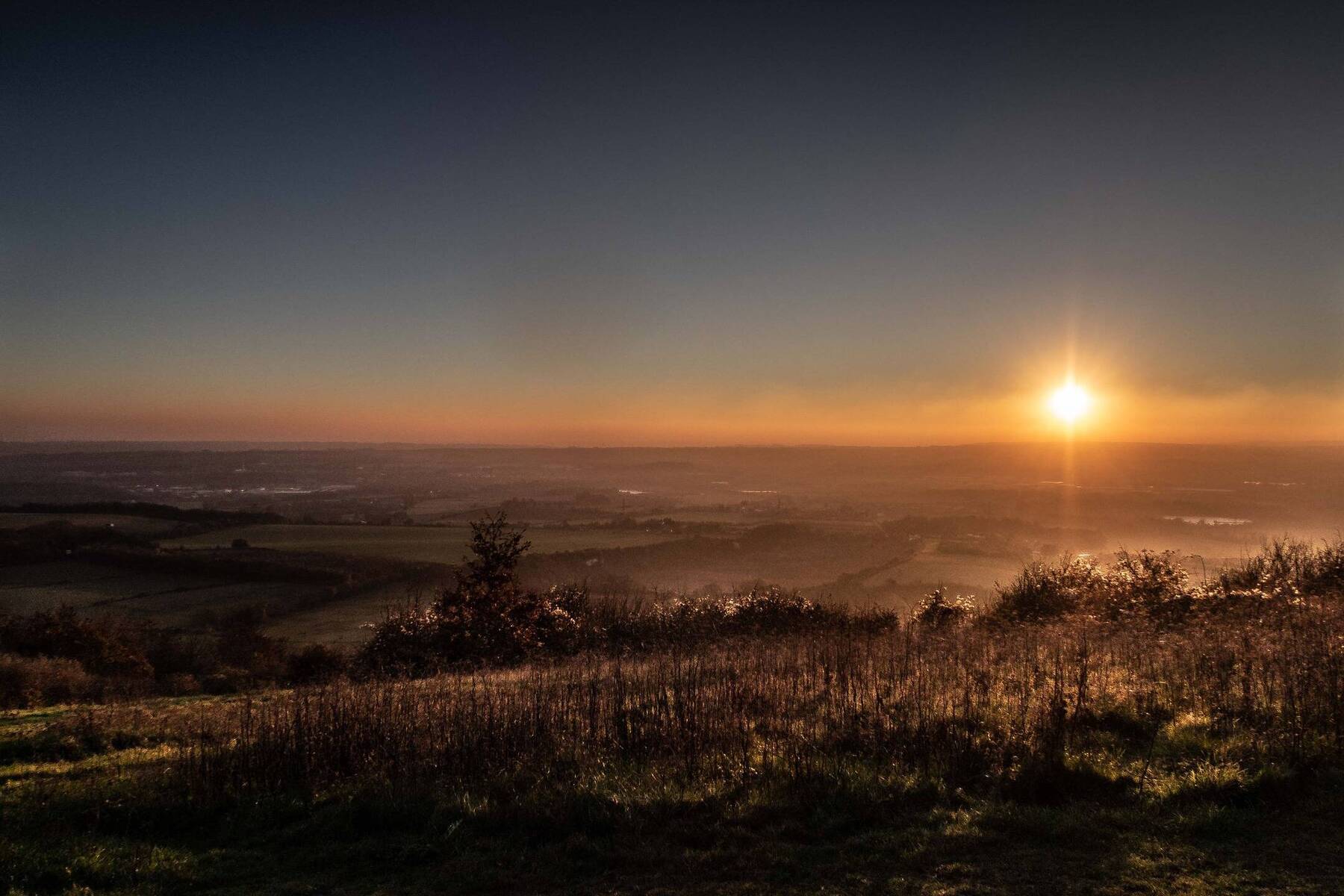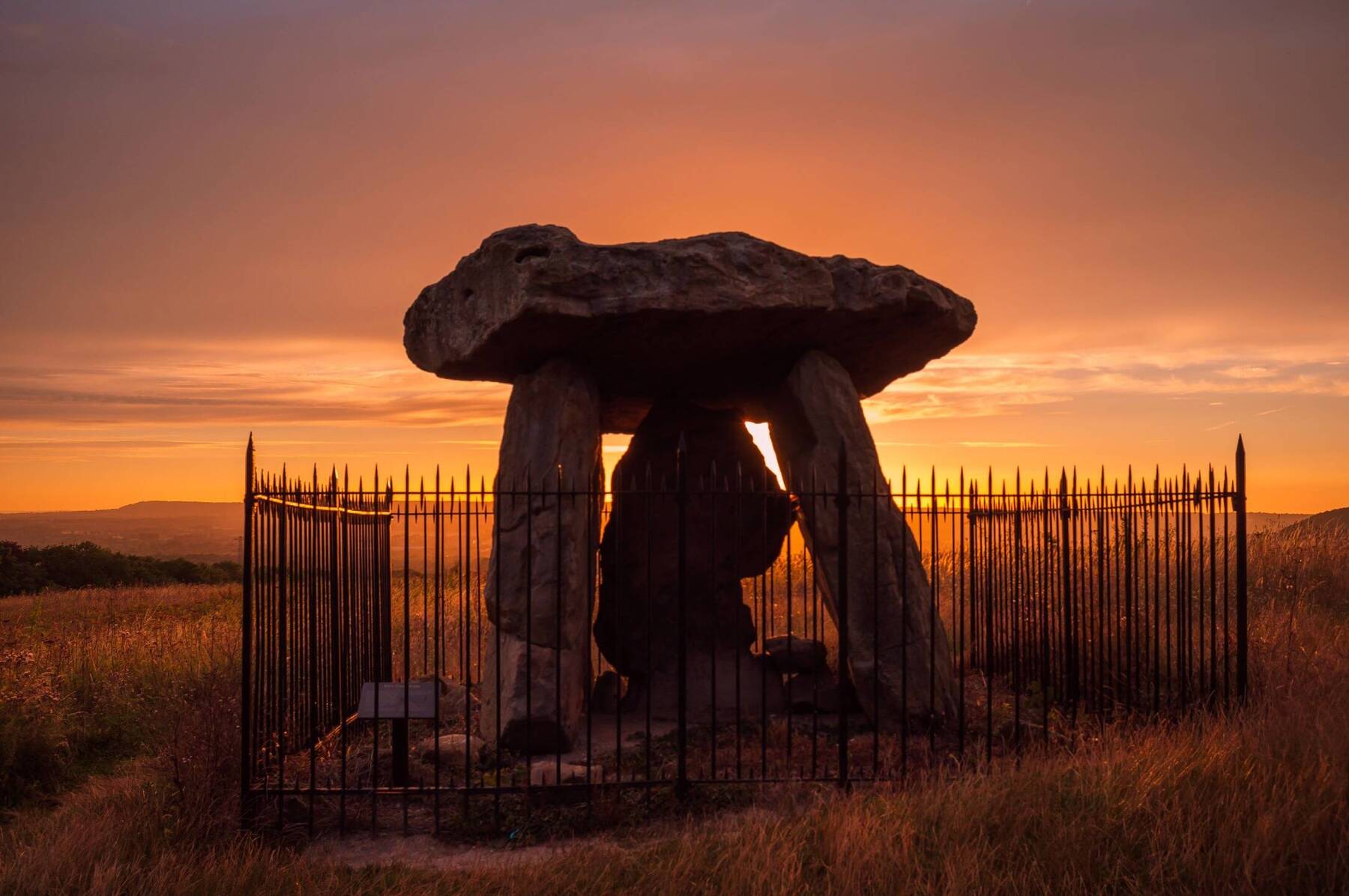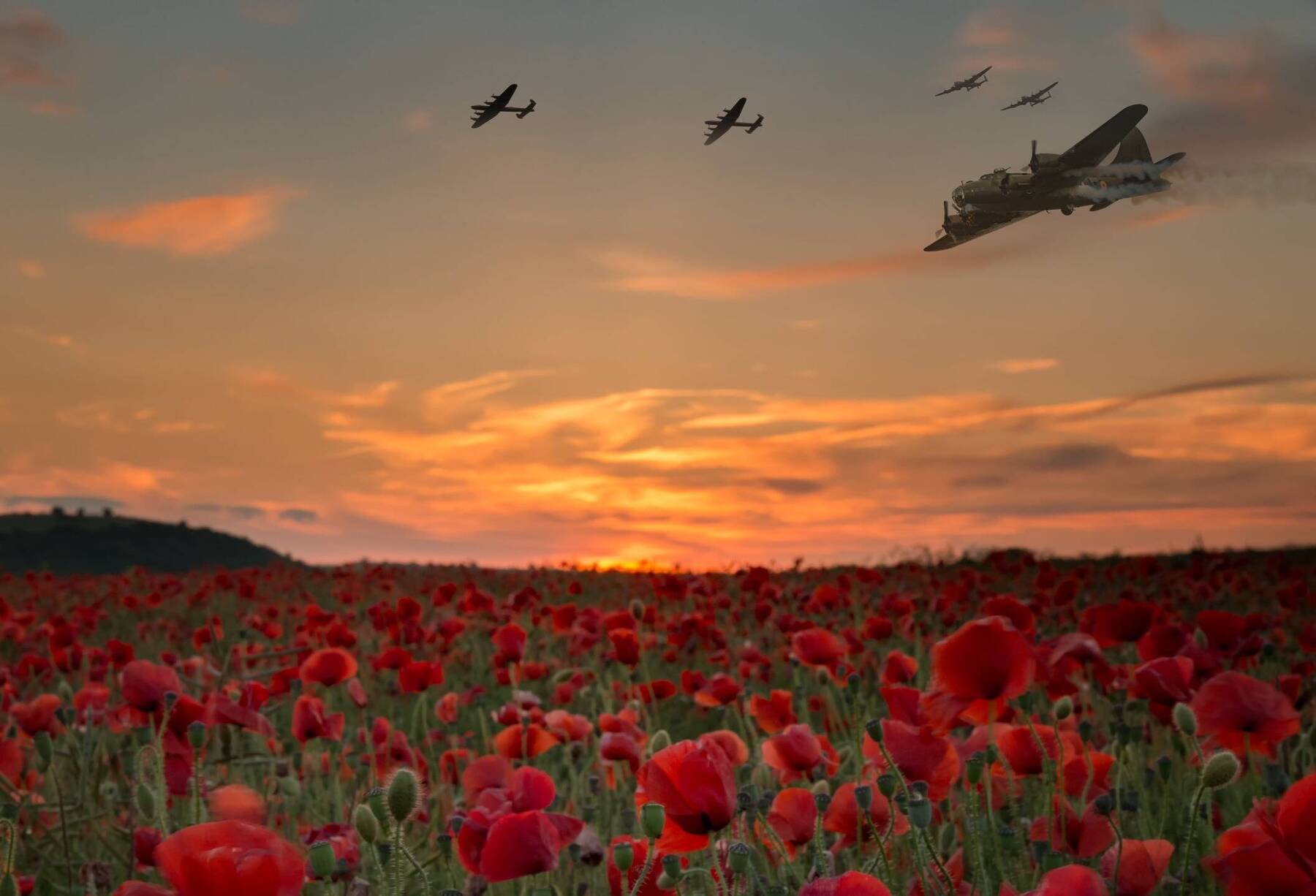Standing on Aylesford’s bridge – a 360 view of English history
In Aylesford village, the epicentre of a district that now spreads out into a larger town, you can stand on the medieval bridge and witness historical interest in all directions. An example of a multi-span bridge, with arches supported on piers, Aylesford bridge is considered to be of national importance, showcasing revered medieval masonry techniques. To the left is the imposing and deceptively spacious church of St Peter and St Pauls. Dating back to Norman times, the church’s origins are close to 1000 years old; it boasts a spectacularly painted Victorian organ, and a dynamic, inclusive vicar by the name of Reverend Ruth Peet, who introduced many Zoom-based services for local residents during the 2020 lockdown.
Cast your eye beneath the church as you scan the vista before you, and you will see several buildings utilising the famous Tudor architecture. (The Tudors, notably King Henry VIII and his six wives, had a special connection to Kent, owning residences and castles in the region, including close to Aylesford.) The Chequers pub (seen roughly below the church in our photo) and the George hotel and pub (now a private residence), date from at least 1840, and are bedecked in the earlier Tudor style. With the river Medway meandering beneath you, this is a real picture-postcard view of English history.






















Comments